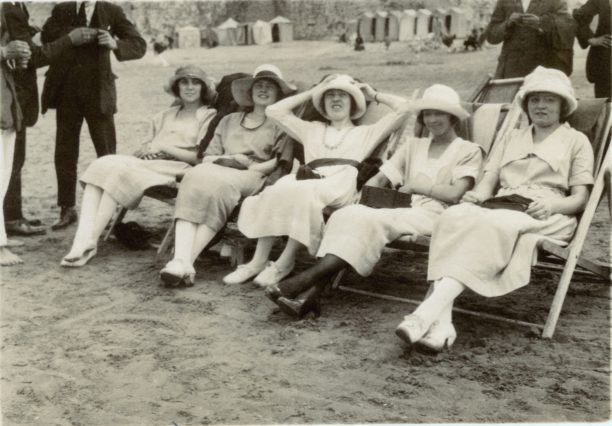September 28, 2020
An improvised story is created at the same time it is told. The improviser’s skills use emotion, action and imagination to produce a story, characters, props — and a world — out of thin air. This rich creative experience is powerfully satisfying to the brain, which feasts on the activity and the joy of discovering moments and scenes that range from wildly comic to wonderfully compelling.
The focus and attention required, the vulnerability and openness may make improvisation intimidating to many, but it’s also what makes it so appealing to your brain. The more you “have to pay more and better attention to each idea, causing your brain to build stronger connections between neural networks” and stimulates a burst of dopamine. “Add to that the laughter and social bonds generated by this kind of imaginative interaction and we have all the elements of a healthy change-promoting process.”
Improv affects a range of human emotions and life skills and promotes emotional and mental health. Having a positive mindset, being open to change, dealing with reality and anxiety, mindfulness, communication skills, social skills, emotional regulation, self-awareness, and interpersonal connections are just a few of the many gains embedded in the process of learning improv.
There are articles about how improv is helping children with autism and older adults experiencing Alzheimer’s and dementia. The improv stage, in theory, is a space free of judgment or fear of failure. The lack of planning and structure in improv means that performers must function without a safety net “that rests completely on trust for the spark of creativity that can transport the players, briefly, into confidence-building interpersonal connections.”
The Second City began in 1959 as a small comedy cabaret and has grown to become the first name in improv and comedy, with theaters and Training Centers in Chicago, Toronto, and Hollywood. They offer different camps, classes and online shows. If you want to try out some beginner improv exercises, Hoopla provides a pretty good list and a wide variety.
For something maybe a little less intimidating, TimeSlips allows you to make up your own story, individually or in collaboration with others. By selecting an image from their gallery, you are then able to use their prompts (if you want to) to audio record your response, upload a photo of your response, invite a friend to collaborate, or even print the image and questions for later.

Photo from Pexels.com
Here’s one I downloaded that you to work on, too.
Join Email List
Want to stay connected? Join Kendal’s Life Enrichment and Engagement Email List to receive future emails directly.
